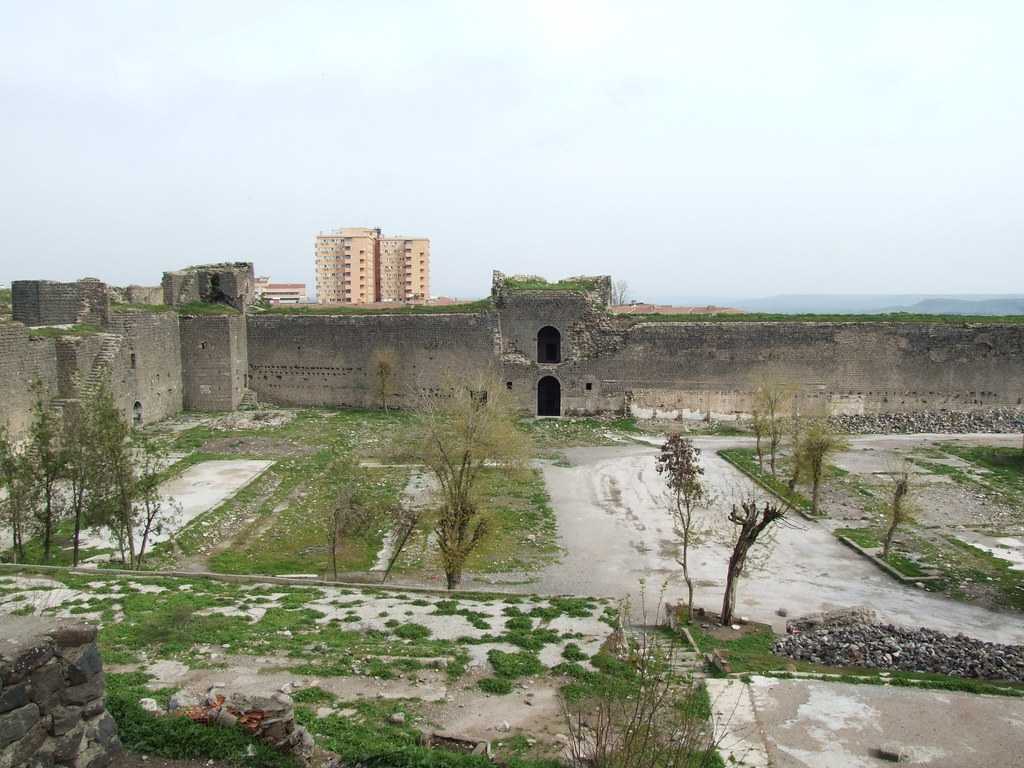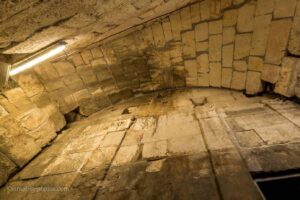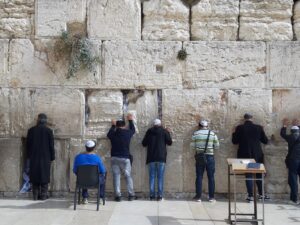Diyarbakir Walls: Massive Fortifications in Diyarbakir
Nestled in the heart of southeastern Turkey, the ancient city of Diyarbakir is home to one of the most impressive and well-preserved fortification systems in the world: the Diyarbakir Walls. These massive stone walls encircle the old city, offering a glimpse into the region’s rich history and cultural heritage. Whether you’re a history buff, an architecture enthusiast, or simply a curious traveler, the Diyarbakir Walls are a must-see destination that promises to captivate and inspire.
What to See
The Diyarbakir Walls stretch for nearly 5.5 kilometers and are punctuated by 82 watchtowers, each offering a unique vantage point over the city and the surrounding landscape. As you walk along the walls, you’ll encounter several gates, each with its own story and significance. The most famous of these is the Mardin Gate, which serves as a grand entrance to the old city. The walls themselves are adorned with intricate carvings and inscriptions, providing a fascinating insight into the artistry and craftsmanship of the time.
Inside the walls, the old city of Diyarbakir is a treasure trove of historical and cultural landmarks. Be sure to visit the Great Mosque of Diyarbakir, one of the oldest mosques in Anatolia, and the Hasan Pasha Han, a beautifully restored caravanserai that now houses a bustling market. The city’s narrow, winding streets are lined with traditional stone houses, offering a charming glimpse into the past.
A Bit of History
The Diyarbakir Walls date back to the Roman period, with the earliest sections constructed in the 3rd century AD. Over the centuries, the walls were expanded and reinforced by various empires, including the Byzantines, the Seljuks, and the Ottomans. This rich tapestry of influences is evident in the diverse architectural styles and decorative elements found throughout the fortifications.
The walls have played a crucial role in the city’s history, serving as a formidable defense against invaders and a symbol of Diyarbakir’s strategic importance. In 2015, the Diyarbakir Walls, along with the nearby Hevsel Gardens, were designated a UNESCO World Heritage Site, recognizing their outstanding universal value and ensuring their preservation for future generations.
Interesting Facts and Tips for First-Time Visitors
- The Diyarbakir Walls are the second-largest continuous city walls in the world, after the Great Wall of China.
- The walls are made from basalt, a volcanic rock that gives them their distinctive dark color.
- The city of Diyarbakir is known for its vibrant cultural scene, with numerous festivals and events taking place throughout the year. Be sure to check the local calendar for any happenings during your visit.
- For a unique perspective, consider taking a guided tour of the walls. Local guides can provide valuable insights into the history and significance of the fortifications, as well as share fascinating stories and legends associated with the site.
How to Get There
Diyarbakir is well-connected by air, with regular flights from major Turkish cities such as Istanbul and Ankara. The city’s airport is located about 10 kilometers from the city center, and taxis and shuttle services are readily available to transport you to your destination.
If you prefer to travel by land, Diyarbakir is accessible by bus and train, with services running from various cities across Turkey. Once in Diyarbakir, the old city and its walls are easily explored on foot, allowing you to fully appreciate the area’s rich history and vibrant atmosphere.
For first-time visitors, it’s worth noting that Diyarbakir is a predominantly Kurdish city, and while Turkish is widely spoken, you may also hear Kurdish being used in everyday conversation. The local people are known for their hospitality, and you’re likely to receive a warm welcome as you explore this fascinating city.








